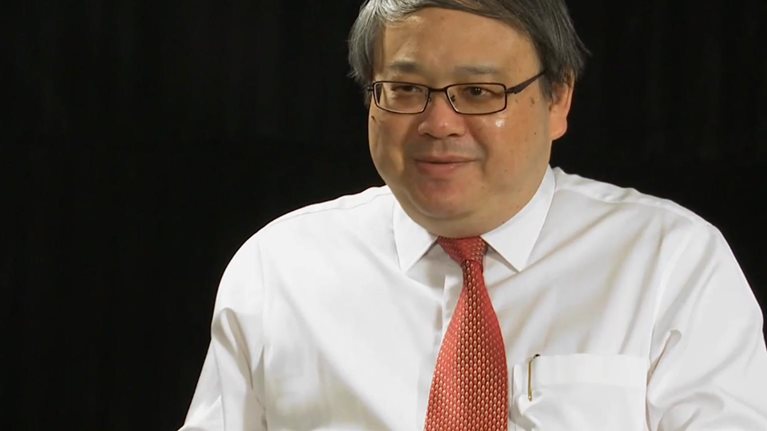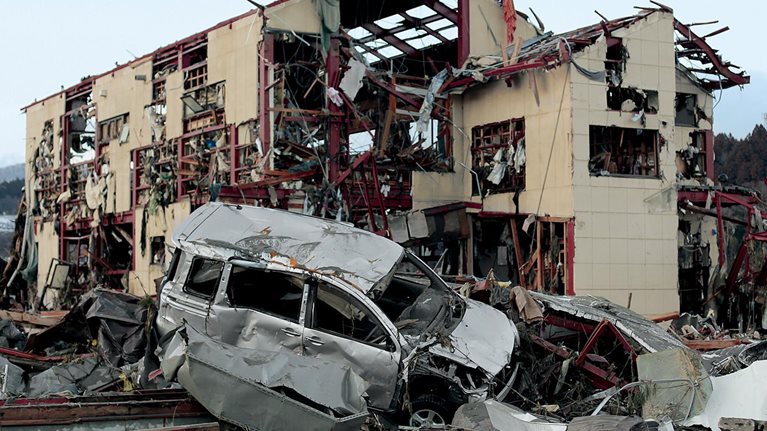McKinsey: What were the objectives of the French government's transformation, and what has been achieved to date?
François-Daniel Migeon: We had three major objectives: savings, quality improvement, and public-workforce reform. Our savings target was €15 billion over the period of 2009 to 2013, which includes a reduction of the civil service by 150,000. On quality, we focus on the idea of simplicity. We measure the perceived complexity of dealing with the administration, for both businesses and citizens, and aim to achieve real progress (but without specific targets) on reducing perceived complexity. The latest results show we’ve been decreasing the perceived complexity for citizens by 20 percent and the perceived complexity for businesses by 25 percent on priority “life events.” For the workforce objective, there are a number of programs. One is to reinforce mobility, making sure that staff could more easily shift from one place to another, and we have now passed a law to enable that. We also wanted to match civil-service reductions with increases in salaries for those who remain. The proposal was to give back half the savings to the workforce, and we’ve returned 55 percent to them.
McKinsey: One of the most fascinating elements is this idea of simplicity as the major metric for government quality. How did this come about?
François-Daniel Migeon: When we began to explore how to measure quality, everybody was struggling, saying, “Well, we cannot define quality of service in the public sector. It is complex. It is so multidimensional.” But when we gauged opinion about the objectives of government reform, simplicity kept coming up. So that sparked the idea of turning this into a barometer that could be measured, on top of more traditional measures of public-service outcomes, which we also included.
Then we asked, “OK, how can we measure simplicity?” We concluded that we should start with what we called “life events” for both citizens and businesses. This might be getting married or opening a new subsidiary in your country. We made a list of approximately 50 life events for citizens and 30 for businesses, and we ran an opinion survey about them. First, we would ask, “Have you had this life event in the past two years?” If so, we then asked, “Do you believe that it was a simple experience, an OK experience, a complex experience, or a very complex experience?” Then we developed a figure for each life event, which is basically the complexity or simplicity of the experience. This is the number that has been shifting downward.
This metric had a real effect on the internal mechanics of administration. There is a tendency of different units in government to focus on their own internal departmental issues and challenges. This metric changes that for them, forcing them to focus on the perspective of the citizen. It has also been critical to achieving a high level of political support and relevance, because when you’re speaking for the citizens then obviously you force the political body to respond, and you also force the different ministerial departments to think collaboratively.
McKinsey: Has the reform program changed the culture inside the government?
François-Daniel Migeon: Absolutely, in several ways. First, departments are now starting to become autonomous. They have their own change agents who are able to manage these customer-centric programs, especially in the ministry of the interior, which launched the process first; now, three years down the road, it has the capability to sustain reform.
Second, there is now a level of interministry collaboration that we have never had before. Focusing on citizen metrics gives you a lot of leverage to put everybody around the table and say, “OK, friends, this is the collective answer that we need,” so they cannot present the usual internal barriers to change. Of the more than 100 reforms dedicated to simplifying a process, I would say that at least two-thirds are interministerial. Once you do this, you also help ministries move beyond their own territorial view; you give them some headroom, I would say, to innovate.
Third, there is recognition of the importance of capabilities—and new capabilities, in particular. Civil servants develop change capabilities by running reform programs. But we also set up a special training school for these reforms; it is spreading the know-how and has spurred culture change.
We also learned about the importance of communication. In the beginning, the overall image of the program was poor, especially among civil servants, and this goes back to the fact that we are reducing the workforce. I think that if I had to do this again, I would really go for just one objective rather than three: in communications terms, having three attracted some cynicism from staff. The single, galvanizing message in this case should have been, “We want a sustainable transformation for a sustainable public service.” That’s our objective, to be sustainable, and to do that we need to increase quality, we need to take care of the workforce, and we need to have savings.
McKinsey: Where did you look for inspiration when you were constructing the transformation program?
François-Daniel Migeon: At the beginning of the program, we had two main inputs. One was a series of audits from think tanks and consultants proposing ideas. The other source was citizens. We conducted focus groups, which gave us a description of citizens’ experience with the administration and new ideas for innovation and simplification.
Now, when we seek innovation, we add two more sources. First is civil servants themselves; we run campaigns to get their contributions for improvements. We ran an early, Internet-based campaign around this notion of simplification. We would offer a three-month window for staff to bring forward their ideas and put them on this Web site, and then we moderated it, engaging with each idea to convert it to an actual proposition or proposal for reform. Basically, we had a pipeline of ideas with something like 20,000 people coming to the Web site, generating about 2,000 proposals or ideas, and that helped us design 30 of the 100 simplification reforms we launched.
McKinsey: This is very much part of a broader vision you have for the future of government. Can you say more about it?
François-Daniel Migeon: To actually support the transformation process, we sketched out a vision of the type of administration we would like to have. It sounded very conceptual when we did it, but it is basically focused on the notion of agility.
Agility is the ability to quickly and efficiently react to current needs. During the crisis in 2008–09, we had a liquidity challenge among the banks and the business sector, and the administration had to intervene to make sure that the money market would be more fluid. We very quickly set up a key project team that could instantly take the right initiative. When the job was done, the team was disbanded. It should not take a crisis for us to develop agility in government.
An agile administration is capable of coordinating all of the actors—public and private—with a forecasting role, to anticipate the major social changes (demographic, technological, sociological, and economic) that weigh on public-service demand in the medium term. Then it evaluates existing policies and mechanisms systematically and regularly in order to be able to design more effective, more relevant, and better targeted approaches. It is also an administration capable of involving citizens, representatives, businesses, and volunteer groups with diverging interests to define a shared vision of tomorrow’s public service.


